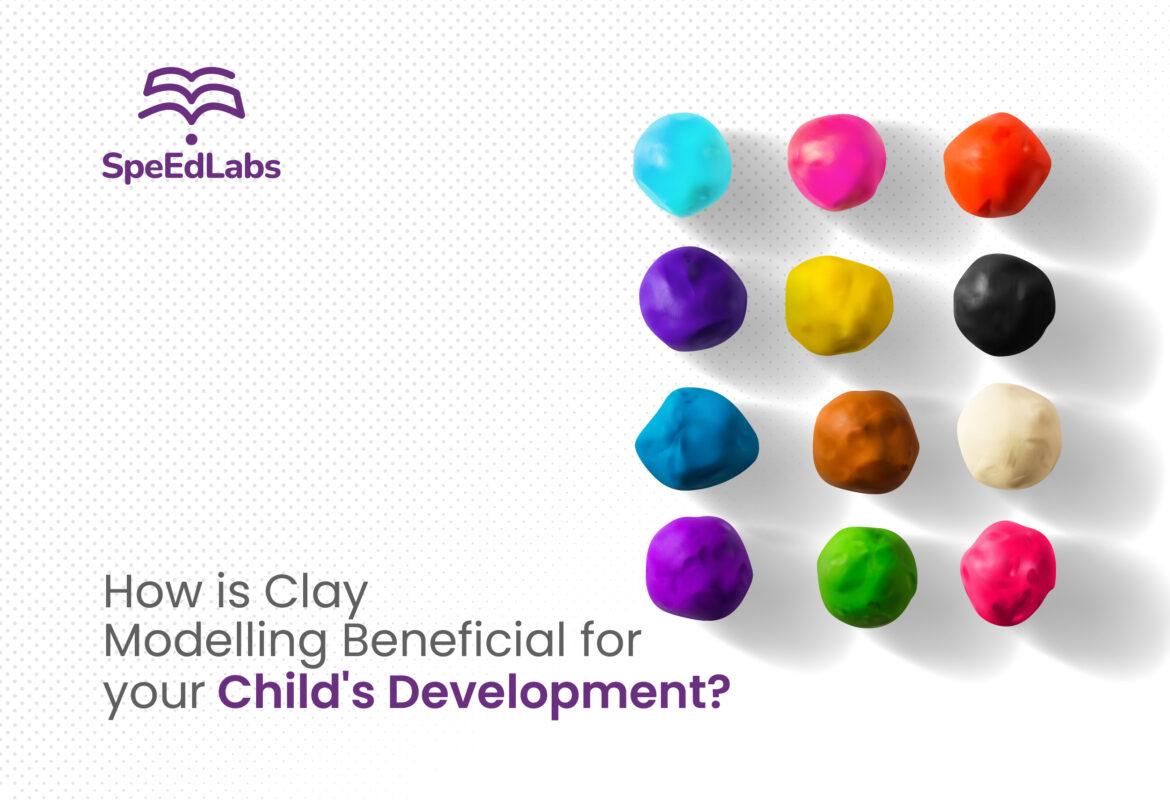The art of Clay Modelling can be used to teach kids effective aspects in an engaging way. Playing with clay gives kids the chance to develop their creativity and presence of mind. They can also develop motor skills, coordination, creative knowledge, and more. Let’s take a look at this article to acknowledge the several benefits of clay modelling for kids.
Most of the kids enjoy playing with clay. You can give them clay and see what they can create. Clay can be used by children to create a variety of things. Clay can be used to create a birthday cake by using different vibrant clay colors. With brown and green clay, they can begin by creating a tree or a bird of their choice.
They can make toys, stars, clouds, rain, cartoons, natural elements, and even animals. Clay is a great way for kids to play and learn at the same time. Furthermore, children can benefit greatly from clay. For more information on clay modelling for kids, keep reading.
Clay Modelling for Children
Kids can engage in clay art as a hobby that has many therapeutic advantages. Clay modelling plays a key role in early life training, which is one of its greatest advantages. Children’s creativity and imagination are stimulated when given clay or playdough to play with. As they try to mould the clay into interesting shapes, observe how much they like the clay’s doughy quality and texture. Find out how you can improve your child’s creativity and learning with clay crafts.
Benefits of Clay Modelling
Clay art has many advantages, particularly for youngsters. Here are a few of the main benefits that your children can experience by playing with playdough!
- Enhances Hand-Eye Coordination
The ability of the hands and eyes to work together or simultaneously is necessary for hand-eye coordination. When performing a task, we use the information in our eyes to direct our hands. Clay art is a fantastic way to increase hand-eye coordination. Hand-eye coordination is necessary for a variety of tasks, including writing, filling a glass with water, and catching a ball. Correct hand-eye coordination can also improve your kid’s handwriting, athletics, and agility.
- Embraces Trial and Error
Everyone makes mistakes, especially when learning how to solve a new problem. Sometimes making mistakes can be demoralising, especially if they are difficult to rectify. However, if your child is strolling with a piece of clay, they may easily make corrections. Your child is likely to have a better perspective on using clay because he or she may feel more comfortable making mistakes at the same time. Your child can make mistakes and then fix them while playing with clay.
This concept was studied in ‘Unsuccessful’, a research article posted in the Journal of Experimental Psychology: Learning, Memory, and Cognition (2009) by Nate Kornell, Matthew Hays, and Robert Bjork. The authors noted that people often conduct better research after failing in their assessments.
- Motor Skills are Developed
These skills include the growth of the muscles in the fingers and arms. It is comparable to skills in hand-eye coordination. When performed by a skilled typewriter, for instance, typing may provide high-quality motor knowledge without simultaneously requiring hand-eye coordination. It was published in the 2010 issue of Developmental Psychology under the title “Fine Motor Skills and Early Comprehension of the World: Two New School Readiness Indicators” that “a child’s ability to develop quality motor skills in pre-school is a strong predictor of later educational success in mathematics and studying”.
Therefore, learning how to properly use their hands to form clay into the perfect shape will really assist your child develop their exceptional motor skills and become great teachers.
- Creates a Sense of Creativity
Being progressive has been a positive trait in recent years. Your child can express creativity by moulding one-of-a-kind clay products in accordance with his desires by using clay or by creating clay art. Additionally, since clay art is versatile, your child can learn how to create a variety of creative objects by modelling clay with just a small amount of clay.
- Learning through Play is Encouraged
There are places where students can learn through play. However, because they are given full freedom to move around, kids are more impulsive in these activities. However, parents or teachers can take an active role by creating an environment where children can learn the desired lesson. This type of reading that is largely motivated by curiosity and exploration includes this type of reading as well.
A test titled “Play, cognition, and self-regulation: What precisely are children learning when they analyse through play?” was published in Educational and Child Psychology in 2009. Penny Coltman, Helen Jameson, and Rachel Lander discuss the importance of play-based learning using the works of David Whitbread.
In conclusion, we hope that you have gained valuable knowledge about kids’ learning and development through this article. It has been discussed previously that playing with clay can provide your toddler with a variety of instructional benefits. The use of clay art can benefit his/her creativity, bodily agility and coordination, teachers, and problem-solving abilities. After all, playing with clay is fun!
